Yamaha T700
Picturing YamahaT700 in three different photography works all in one studio session.
Digital compositing
Digitally composited pictures are crafted as hero shots.
The goal is to catch the viewer’s eye at first glance, without worrying too much about focused descriptions. Lighting as been designed to nicely match the environment.
Some retouch work has refined the matching tweaking a bit some backplate geometries.
Studio Shots
Close up shots are developed using light-occlusion techniques. This is my favourite lighting style as it makes me feel like I'm free to express a sense of atmosphere and visual focus. Contrast control is carefully crafted by calibrated light-to-shadow transitions.
After some years of extensive use of light control tools like Lighttools EggCreates I feel confident in envisioning occlusion in my mind and easily execute on the fly.
Suggesting a quiet, almost silent surrounding to the object, light occlusion allows to investigate design down to its depth, infusing a sense of clarity and precision.
why lighting is crucial
Lighting represents the core of my photography work. Each light source is calibrated in direction, intensity, quality, occlusion, color, and most importantly in its function. From pretty simple single-light to more complex set ups, my #diqccpLighting approach saves me lots of time and guesswork, making my shoot enjoyable all the way through the finish image.


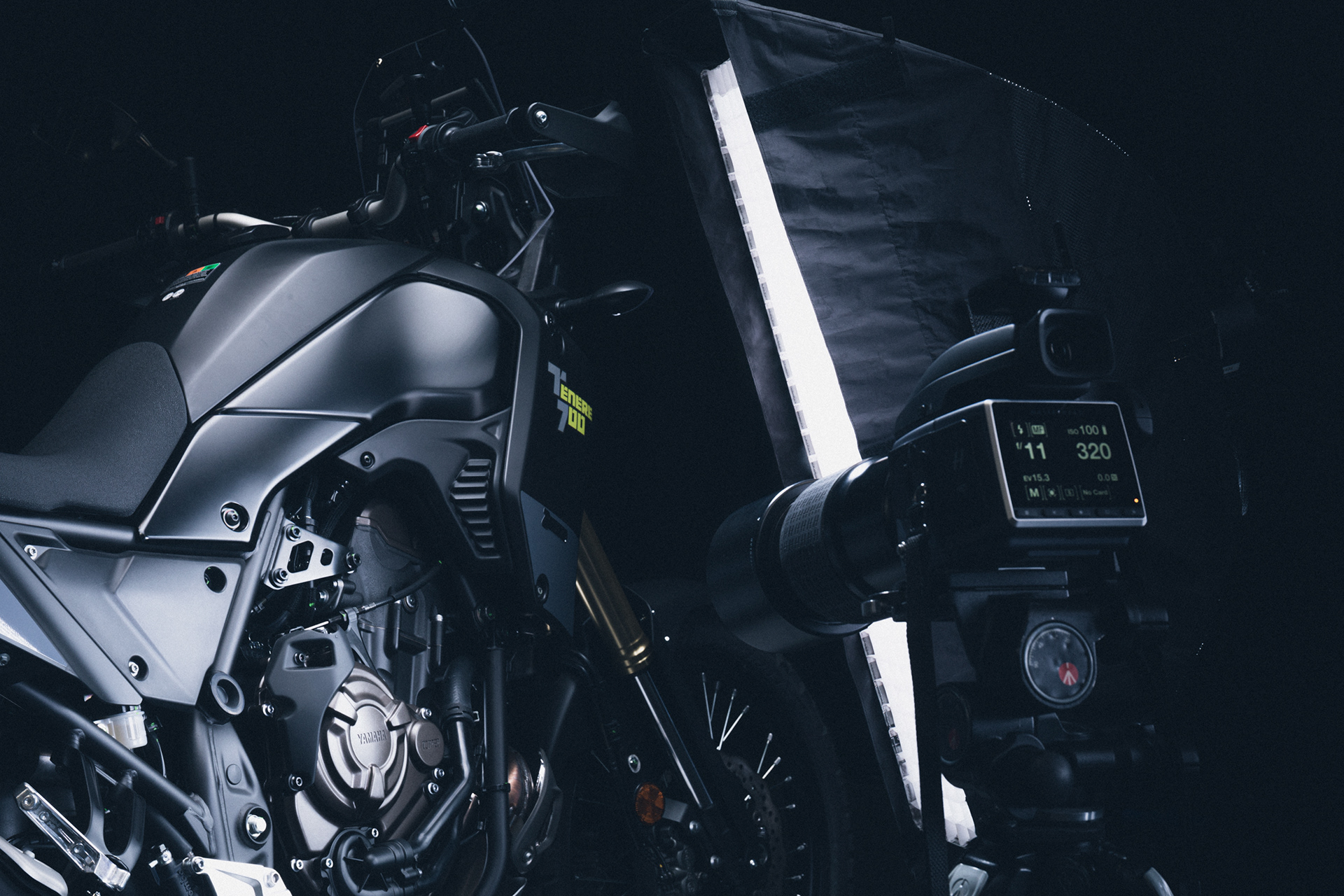

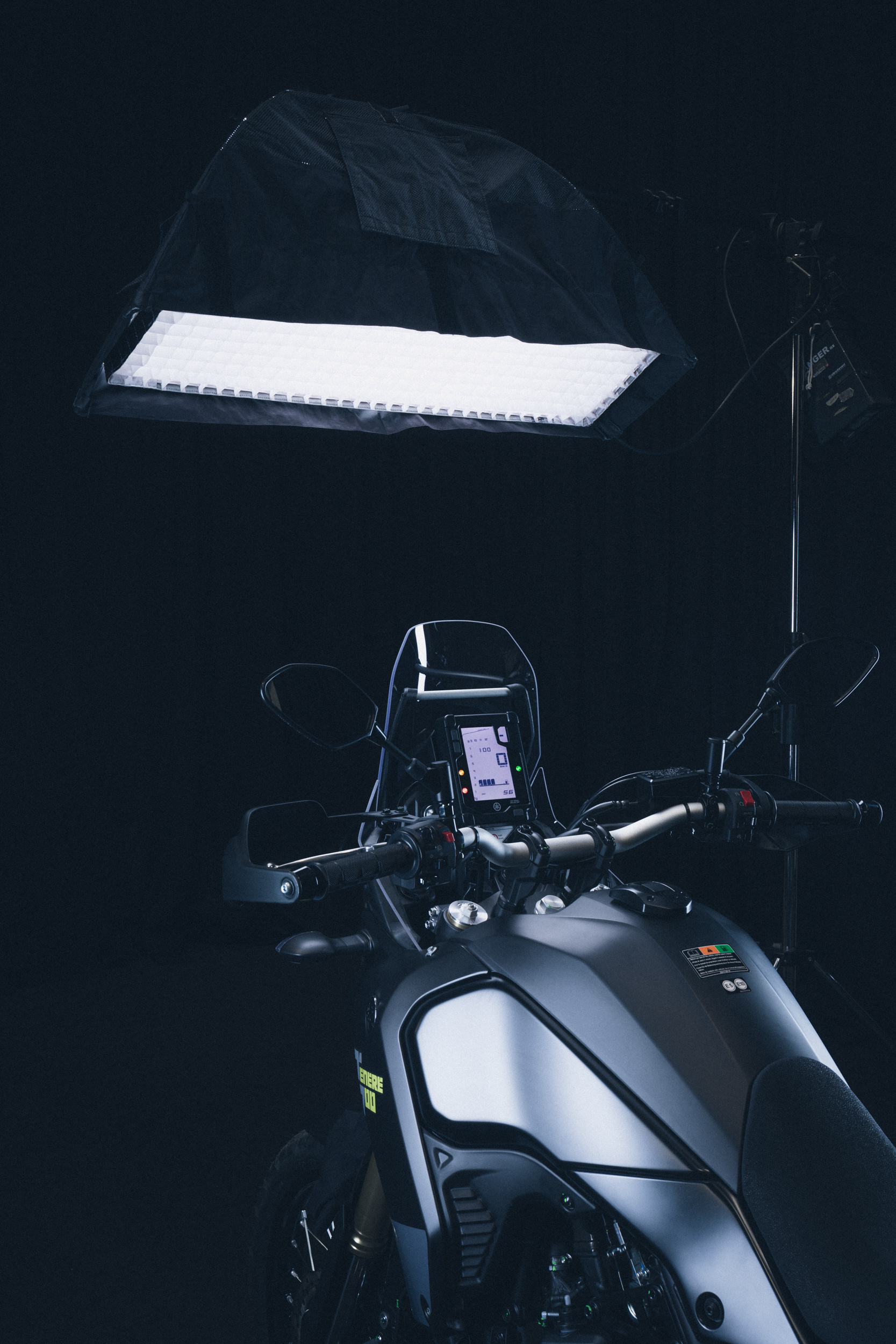

Seamless white background is particularly appropriate in creating full figure images of the product with the most unbiased and essential perspective.
To achieve truly detail-proof photography, shaping light for this kind of images is not less important than previously mentioned. Light shaping is still the key to represent a product without compromising on any way it looks.
Retouch work is also important to finish any file at best cleaning up from unwanted elements and making the image tempting to the eye in exploring the subject.
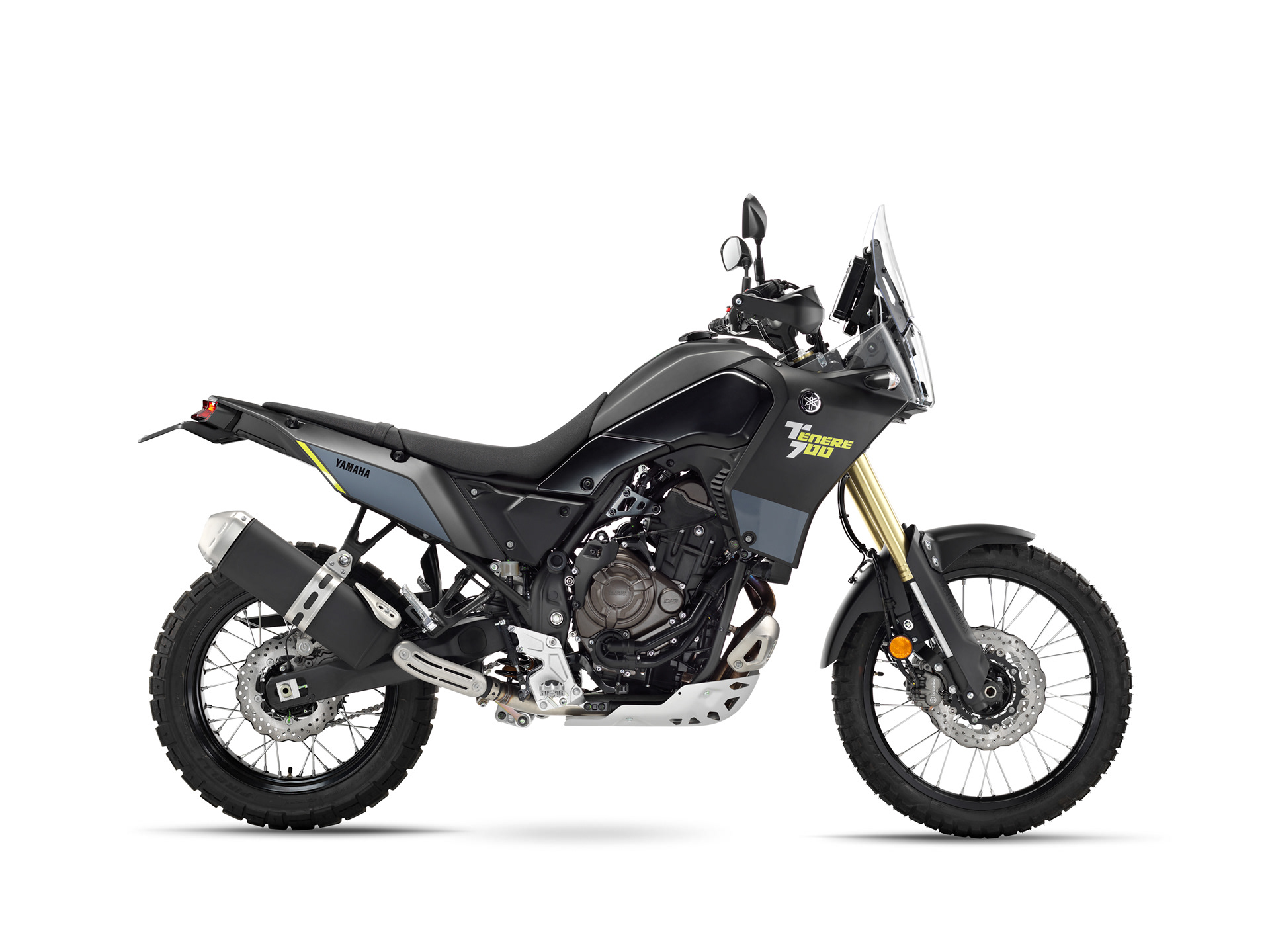
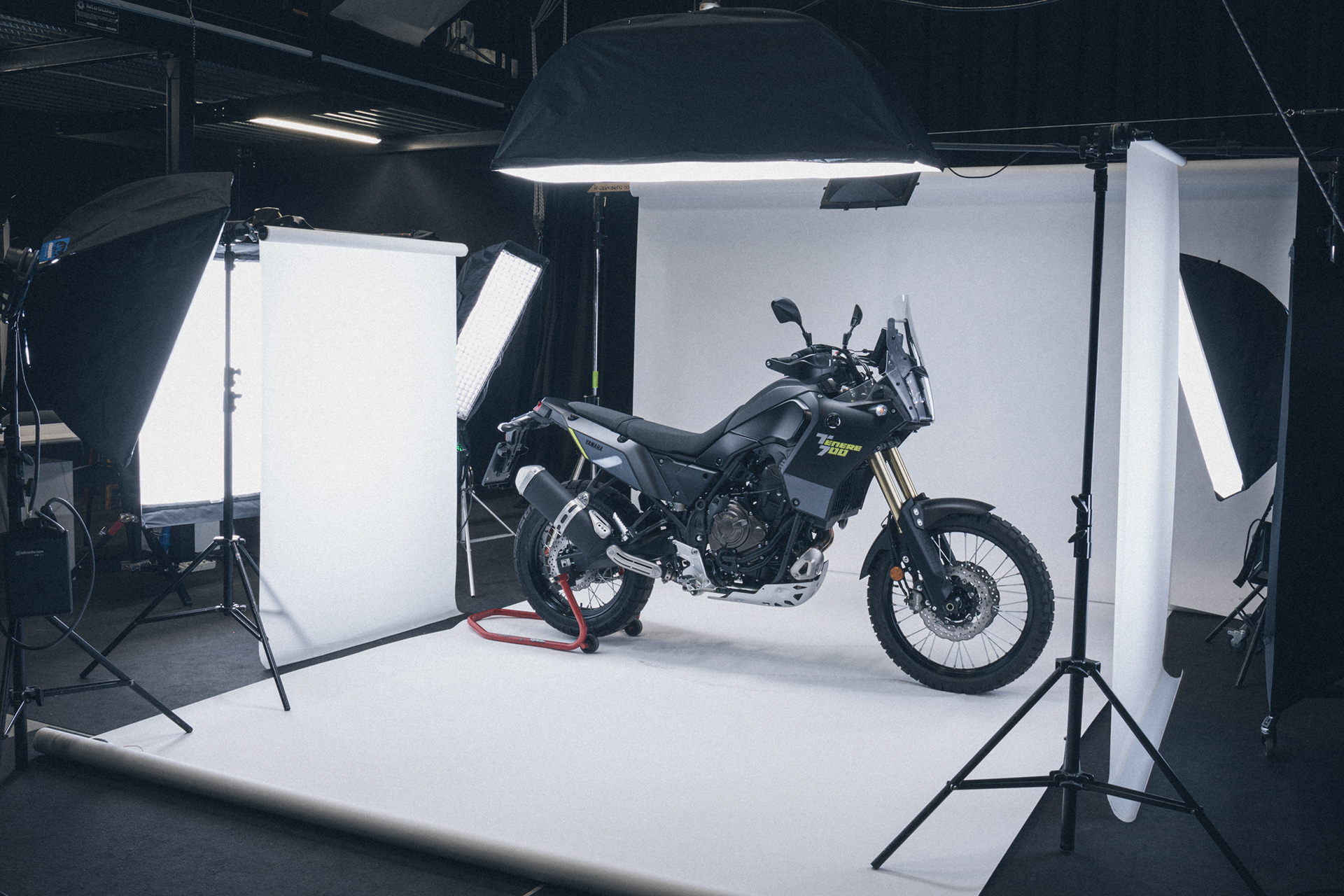
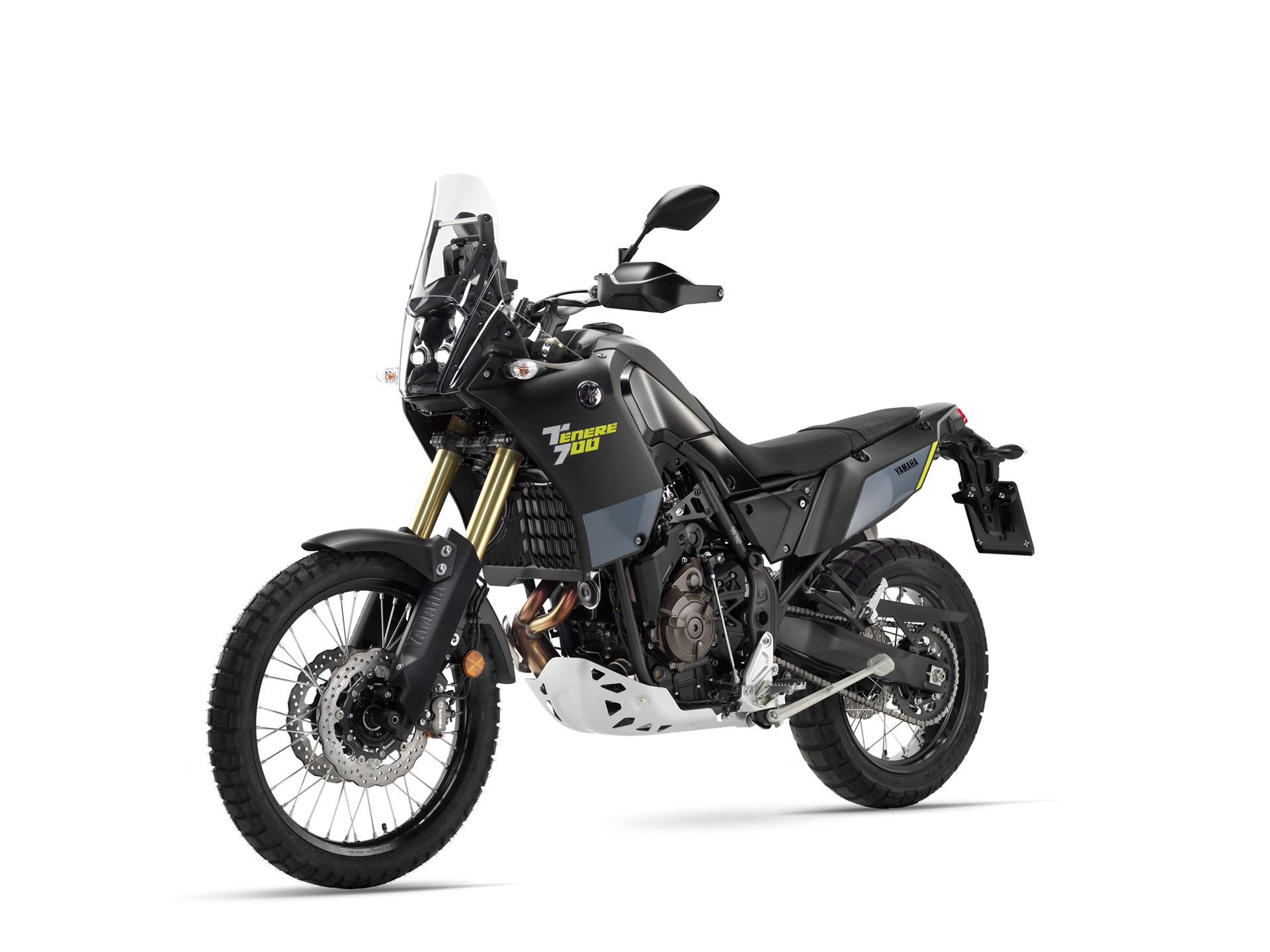
Thank you for watching.